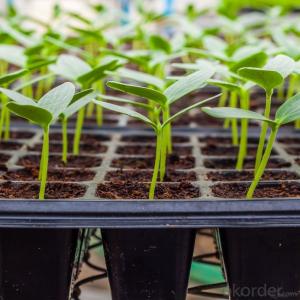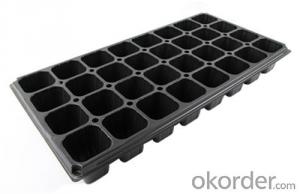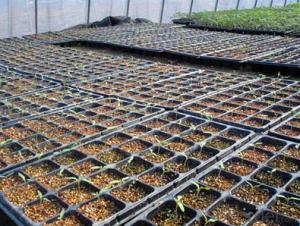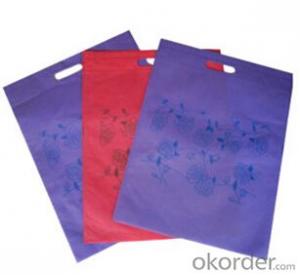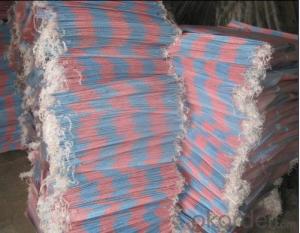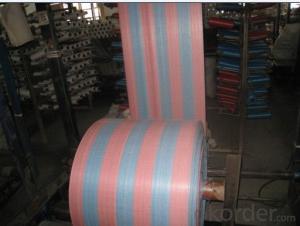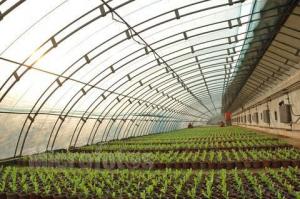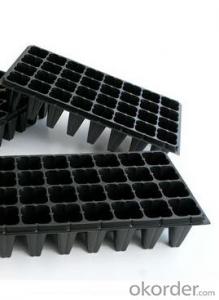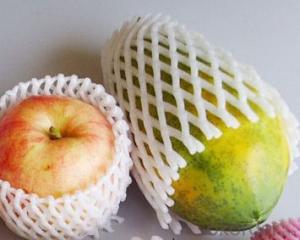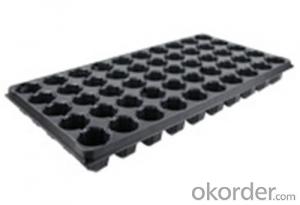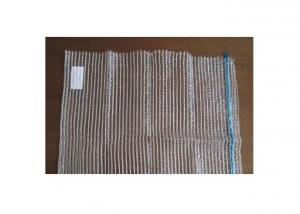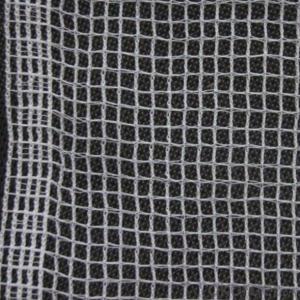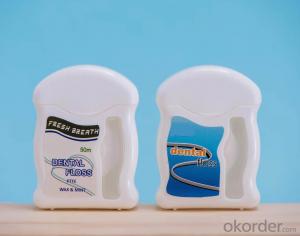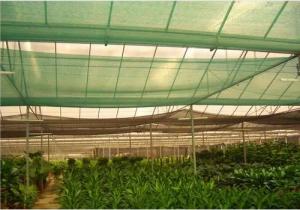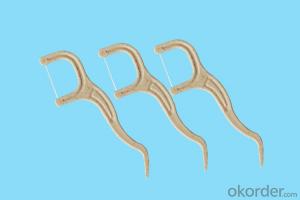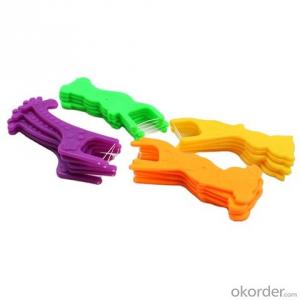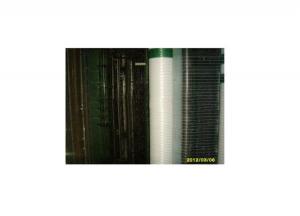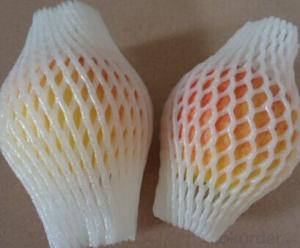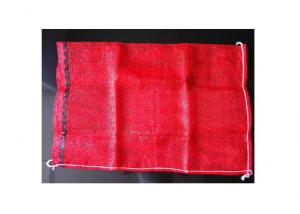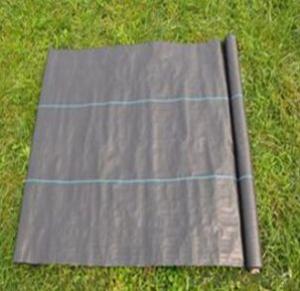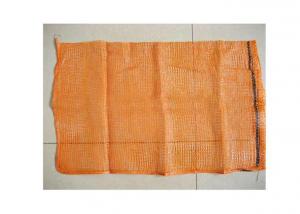Nursery Tray Seed Tray,Nursery Tray,Planter Tray
- Loading Port:
- China main port
- Payment Terms:
- TT OR LC
- Min Order Qty:
- 2000 pc
- Supply Capability:
- 10000000 pc/month
OKorder Service Pledge
OKorder Financial Service
You Might Also Like
Structure of the seed tray:
· Top quality and competitive price.
· Variety design and good appearance.
· Easy to use, and remove.
· Durable and reusable.
· Eco-Friendly.
Description Main Features of the seed tray:
· Ideal for Starting seeds and Transplanting Seedling.
· Suitable for both manual and automatic planting.
· Suitable for Propagating Vegetables, Flowers and other plant from seed in green-house or indoors.
Thickness vs. Weight
· Thickness of trays are from 0.5mm to 1.0mm.
· 1.0mm: 155g±5g; 100pcs/ctn.
· 0.9mm: 140g±5g; 120pcs/ctn.
· 0.7mm: 110g±5g; 150pcs/ctn.
· 0.6mm: 95g±5g; 180pcs/ctn.
· 0.5mm: 80g±5g; 200pcs/ctn.
·
Using time:
· thickness of 0.5mm can be used 1 to 2 times.
· thickness of 0.6mm can be used 3 to 4 times.
· thickness of 0.7mm can be used 5 to 6 times.
· thickness of 0.8mm can be used 7 to 8 times.
· thickness of 0.9mm can be used 8 to 9 times.
· thickness of 1.0mm can be used 8 to 10 times.
Seed Tray Specification:
Material | ps/pvc |
Thickness | 0.5mm-1.5mm, standard:1mm |
Weight | 80g(±5)g-230g(±5)g, Standard weight:155g(±5)g |
Size | length:490mm-540mm, width:190mm-345mm,depth:25mm-150mm Standard:54mmX28mm |
Cell count | 18-512 |
Package | in carton |
Using time | 8-10 times |
FAQ:
Q:How Can I Get A Sample?
A:You can get samples by communicate with our export sales.
Q:How Long Is Delivery?
A:Delivery time will be 7-25 days according to order quantity.
Q:What Is The MOQ?
A:Our MOQ is 1*20FT container quantity, allow to mix several items.
Q:What Is Our Normal Payments Terms?
A:Our normal payment terms now is T/T, L/C or Western Union,Papal.
Q:How Do I Order Your Products?
A:You can check our website for any items you interest and you can also get communication with our export sales and order for it accordingly.
Q:What Kinds Of Material We Use In Our Product?
A:Our plastic flower pots use material such as PP polymer or PE polymer.
- Q:what are the compositions of plastic?
- Plastics can be divided into two distinct categories on the basis of their chemical composition. One category is plastics that are made up of polymers having only aliphatic (linear) carbon atoms in their backbone chains. The other category of plastics is made up of heterochain polymers. These compounds contain atoms such as oxygen, nitrogen, or sulfur in their backbone chains, in addition to carbon. Most of the engineering plastics are composed of heterochain polymers.
- Q:Are nursery trays suitable for commercial nurseries?
- Yes, nursery trays are suitable for commercial nurseries. They provide an efficient and organized way to grow and transport plants in large quantities. Nursery trays are designed to optimize space utilization, promote healthy plant growth, and facilitate easy handling and transplanting. They are durable, reusable, and cost-effective, making them an ideal choice for commercial nurseries that require a reliable system for mass production and distribution of plants.
- Q:How are plastic fruit picking poles used in orchards?
- Plastic fruit picking poles are used in orchards to reach and harvest fruits that are high up on the trees. These poles usually have a flexible yet sturdy plastic rod with a hook or basket attachment at the end. By extending the pole, fruit pickers can safely grab and gently detach ripe fruits without damaging the tree branches or using ladders. The lightweight and durable nature of plastic poles make them efficient tools for efficient fruit harvesting in orchards.
- Q:What are the different types of agricultural plastic containers?
- Some different types of agricultural plastic containers include crates, bins, trays, and pallets. These containers are used for various purposes such as harvesting, storing, and transporting agricultural products like fruits, vegetables, and livestock feed.
- Q:How do agricultural plastic products help control pests?
- Agricultural plastic products help control pests by acting as a physical barrier that prevents pests from accessing crops. These products, such as plastic mulch or covers, create a barrier between the soil and the pests, inhibiting their movement and reducing their ability to infest and damage the plants. Additionally, plastic products can also be used to cover greenhouse structures, effectively sealing off the crops from external pests.
- Q:What are the benefits of using plastic plant pots for nursery plants?
- There are several benefits of using plastic plant pots for nursery plants. Firstly, plastic pots are lightweight and easy to move around, making it convenient to rearrange or transport plants as needed. Secondly, plastic pots have excellent drainage properties, preventing waterlogging and root rot. Additionally, plastic pots are durable and long-lasting, withstanding various weather conditions and reducing the need for frequent replacements. Lastly, plastic pots are relatively inexpensive compared to other materials, making them a cost-effective option for nurseries.
- Q:my cat always licks plastic bags/plastic folders and sometimes tries to chew them. its funny but im kind of worried whta will happen if she ever digests any plastic
- It isn't known for certain why cats find plastic bags attractive to lick. It's possible they like the texture (tongue-feel) or even the sound made while licking. A more likely reason is they like the taste. Some plastic used in shopping bags are made from rendered animal fats, fish oils, gelatine or petroleum jelly and cats are attracted to the residual odour of these. Possibly the bag has been used to carry a food item and the cat is attracted to the residual scent on the plastic. It's best to keep plastic bags out of your cat's reach. Although this behaviour doesn't often progress further than licking, some cats have needed surgery to remove parts of plastic bags from their stomach or intestine. These can be hard to locate as they don't show up on x-rays.
- Q:How do you prevent ground cover from becoming a haven for pests and diseases?
- There are several ways to prevent ground cover from becoming a haven for pests and diseases. Firstly, it is important to choose disease-resistant and pest-resistant varieties of ground cover plants. Regularly inspecting the plants for any signs of pests or diseases and promptly treating them can also help prevent their spread. Maintaining good hygiene by removing any fallen leaves or debris that may harbor pests or diseases is essential. Additionally, providing proper spacing between plants to promote good air circulation can discourage the development of diseases. Implementing a regular watering and fertilization schedule, tailored to the specific needs of the ground cover plants, can also help maintain their overall health and resilience against pests and diseases.
- Q:Can ground cover plants be used as a lawn alternative?
- Yes, ground cover plants can be used as a lawn alternative. Ground cover plants provide a low-maintenance and eco-friendly option for replacing traditional lawns. They help conserve water, reduce the need for mowing, and provide a natural and attractive ground cover. Ground cover plants also add biodiversity to the landscape and can be a great solution for areas that are difficult to maintain or where grass struggles to grow.
- Q:How does ground cover affect the growth of nearby aquatic plants?
- Ground cover can have a significant impact on the growth of nearby aquatic plants. Vegetation on the ground, such as grasses, shrubs, or trees, can provide shade and reduce the amount of sunlight reaching the aquatic plants. This reduced sunlight can inhibit their growth by limiting their ability to photosynthesize and produce energy. Additionally, ground cover can influence the availability of nutrients and organic matter that can be washed into the water, either promoting or hindering the growth of aquatic plants depending on the composition of the ground cover. Overall, ground cover plays a crucial role in shaping the growth and development of nearby aquatic plants.
1. Manufacturer Overview |
|
|---|---|
| Location | |
| Year Established | |
| Annual Output Value | |
| Main Markets | |
| Company Certifications | |
2. Manufacturer Certificates |
|
|---|---|
| a) Certification Name | |
| Range | |
| Reference | |
| Validity Period | |
3. Manufacturer Capability |
|
|---|---|
| a)Trade Capacity | |
| Nearest Port | |
| Export Percentage | |
| No.of Employees in Trade Department | |
| Language Spoken: | |
| b)Factory Information | |
| Factory Size: | |
| No. of Production Lines | |
| Contract Manufacturing | |
| Product Price Range | |
Send your message to us
Nursery Tray Seed Tray,Nursery Tray,Planter Tray
- Loading Port:
- China main port
- Payment Terms:
- TT OR LC
- Min Order Qty:
- 2000 pc
- Supply Capability:
- 10000000 pc/month
OKorder Service Pledge
OKorder Financial Service
Similar products
New products
Hot products
Hot Searches
Related keywords
